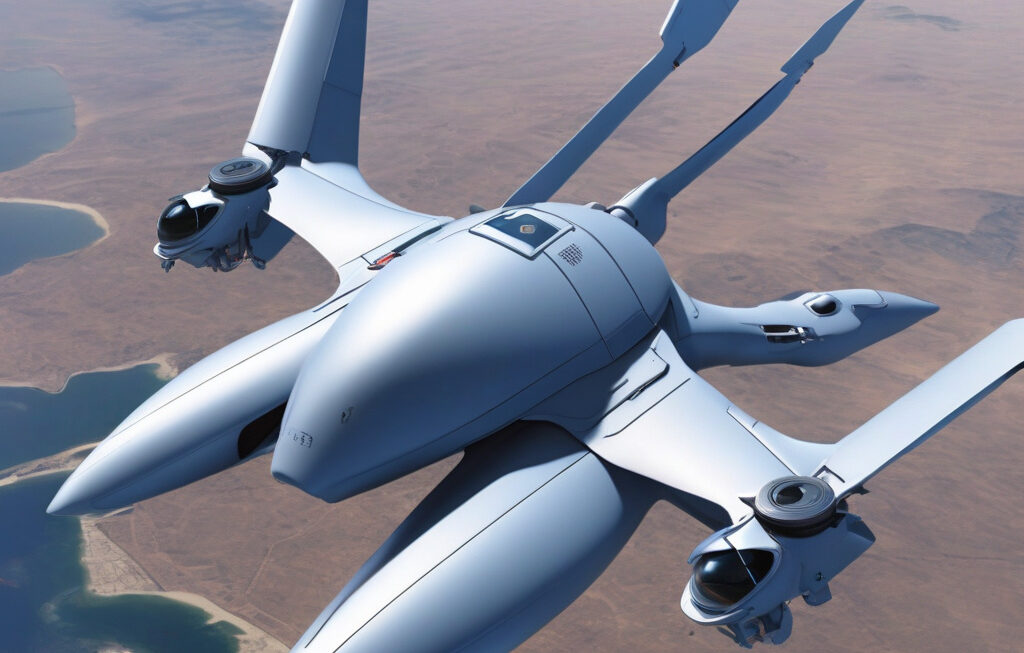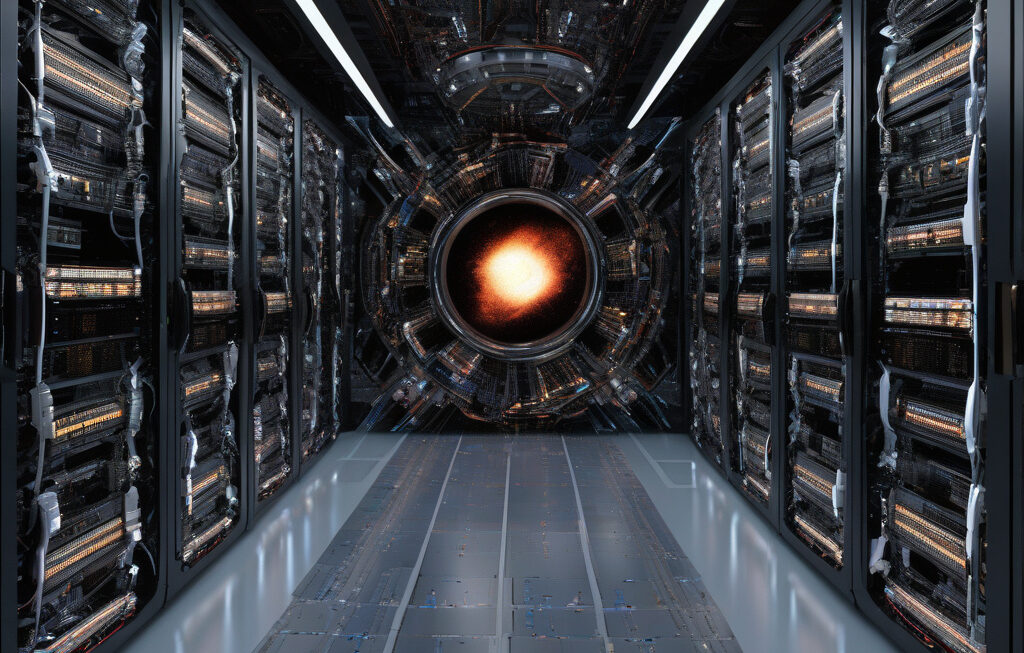Nuclear Space Engine Backed by NASA Could Fly Humans to Mars in Just 45 Days
Space Nuclear Power Corporation, also known as SpaceNukes, has been named the industrial partner for NASA’s ambitious project to develop a nuclear thermal propulsion system that could revolutionize space travel as we know it. This cutting-edge technology has the potential to ferry astronauts to Mars in a mere 45 days, a journey that currently takes around six months with conventional chemical propulsion systems. The implications of this breakthrough are staggering, opening up a new era of human exploration beyond Earth’s orbit.
The concept of nuclear thermal propulsion is not new, with initial research dating back to the 1960s during the height of the space race. However, technological limitations and political considerations stalled progress in this area for decades. Now, with renewed interest in crewed missions to Mars and beyond, NASA is once again turning to nuclear power to propel spacecraft at unprecedented speeds.
The key to the efficiency of nuclear thermal propulsion lies in the high energy density of nuclear fuel. By harnessing the heat generated by a controlled nuclear reaction, these engines can achieve far greater thrust than chemical rockets while using significantly less propellant. This means faster acceleration, higher speeds, and ultimately, shorter travel times to distant destinations such as Mars.
One of the main challenges in developing a nuclear thermal propulsion system is ensuring the safety and reliability of the technology. SpaceNukes, with its track record of developing advanced nuclear systems for space applications, is well-positioned to address these concerns. The company’s expertise in materials science, thermal management, and nuclear engineering will be crucial in overcoming the technical hurdles that stand in the way of realizing this ambitious vision.
In addition to speed and efficiency, nuclear thermal propulsion offers another important advantage for long-duration space missions: radiation shielding. Unlike solar-powered electric propulsion systems, which are limited by the intensity of sunlight in the outer reaches of the solar system, nuclear engines can operate at full power regardless of their distance from the sun. This capability not only enables faster travel to Mars but also provides continuous protection from cosmic radiation during the journey.
The potential impact of nuclear thermal propulsion extends beyond crewed missions to Mars. It could also facilitate faster robotic missions to the outer planets, enabling scientists to explore distant worlds more quickly and gather data that would otherwise be inaccessible with current technology. Moreover, the development of this technology could pave the way for a sustainable human presence in space, with nuclear-powered spacecraft serving as the backbone of future space exploration efforts.
As with any revolutionary technology, there are sure to be challenges and obstacles along the way. Public perception of nuclear power in space, regulatory hurdles, and cost considerations are just a few of the factors that will need to be addressed in the coming years. However, the potential rewards of successful implementation are too great to ignore. Faster travel times, enhanced safety, and expanded exploration capabilities are all within reach with nuclear thermal propulsion.
In conclusion, the prospect of a nuclear space engine backed by NASA propelling humans to Mars in just 45 days represents a significant leap forward in our quest to explore the cosmos. By partnering with industry leaders like SpaceNukes, NASA is laying the groundwork for a future where the outer reaches of our solar system are within reach. The next frontier of space exploration is on the horizon, and nuclear power will be at the forefront of this exciting new chapter.
space exploration, nuclear propulsion, Mars mission, SpaceNukes, NASA’s future#












